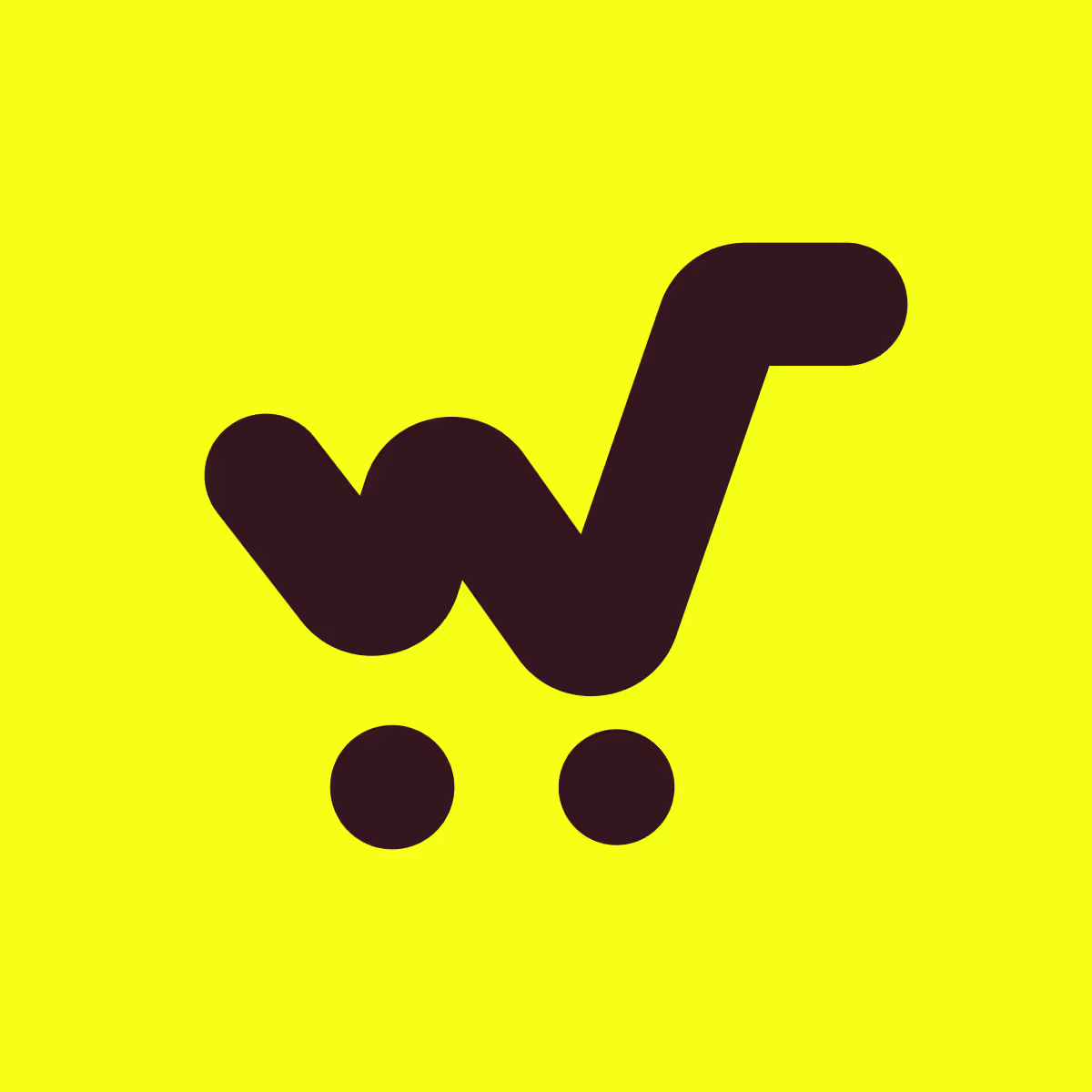Ecommerce Business Insights in Korea
South Korea is one of the world’s most advanced digital economies, with ecommerce sales projected to exceed USD 130 billion by 2025. The country’s high-speed internet infrastructure, mobile-first culture, and early tech adoption create a thriving environment for Shopify merchants.
Key insights:
- Mobile Shopping Dominance: Over 85% of ecommerce transactions occur via smartphones. Shopify merchants must prioritize responsive mobile experiences.
- Popular Categories: K-beauty, skincare, fashion, electronics, home living, and health supplements top online purchases.
- Consumer Behavior: Korean consumers expect fast shipping (often same-day or next-day), clean UX/UI, social proof, and advanced filtering/search.
- Social Commerce Growth: Platforms like KakaoTalk, Naver, and Instagram play a big role in product discovery and direct conversions.
- Cross-Border Opportunity: K-brands using Shopify are exporting globally, particularly to Japan, the US, Southeast Asia, and Europe.
Shopify Ecosystem & Support in Korea
Although Shopify adoption is growing steadily in Korea, there’s increasing support from bilingual agencies, freelancers, and a globally-aware business community.
- Agencies and Experts: Emerging Korean Shopify agencies offer localization, integrations with KakaoPay, and multilingual setup.
- Bilingual Setup: Shopify supports Korean-language storefronts and backends. Most stores operate in both Korean and English for local and international reach.
- Ecosystem Support: Shopify merchants in Korea benefit from community knowledge-sharing on forums, webinars, and dedicated Shopify Partner programs.
- International Expansion: Korean D2C brands use Shopify’s multi-currency and multi-language features to expand across Asia-Pacific, Europe, and North America.
Major Shipping Partners for Shopify Stores in Korea
South Korea has a world-class logistics network, making fast and reliable shipping a customer expectation.
Top shipping partners include:
- CJ Logistics (CJ대한통운): Korea’s largest logistics company with Shopify-compatible integrations.
- Korea Post (우체국택배): Offers affordable domestic and international shipping, often used for rural areas.
- Hanjin Express: Reliable local courier with next-day delivery support.
- Lotte Global Logistics: Widely used by ecommerce businesses for nationwide reach and B2C fulfillment.
- DHL Korea: Preferred for fast international shipping, especially for Shopify stores with cross-border customers.
These services integrate with Shopify via third-party tools like Sendcloud or custom shipping apps.
Major Payment Gateways for Shopify Stores in Korea
South Korean shoppers expect localized and secure payment options, especially those integrated with national financial platforms.
Popular payment gateways include:
- Eximbay: A leading Shopify-compatible gateway in Korea, supporting major credit cards, bank transfers, and mobile payments.
- KCP (Korea Cyber Payment): Provides card and mobile payment support, often used for large-scale merchants.
- KG Inicis: Trusted gateway offering comprehensive payment methods including KakaoPay, Payco, and Samsung Pay.
- Toss Payments: A rising mobile-first payment platform widely used by younger demographics.
- PayPal: Often used for cross-border purchases and global Shopify stores.
- Shopify Payments (via Stripe): For stores operating in global markets, Stripe supports multi-currency and foreign cards.
These gateways are essential for providing a frictionless and compliant payment experience in KRW (Korean Won).
Popular Shopify Apps for Ecommerce Stores in Korea
To enhance store functionality, Korean merchants use both global and regionally optimized Shopify apps across bundling, checkout, and customer experience.
Commonly used apps include:
- Easy Bundles: Allows customers to create their own bundles—ideal for K-beauty kits, gift sets, and seasonal collections.
- Fly Bundles: Used for fixed-value bundles and curated collections, often tied to promotions or new launches.
- Checkout Wiz: Customizes the checkout flow with upsells, COD logic, shipping field control, and support for bilingual forms.
- Kite: Provides powerful engagement tools including popups, banners, A/B testing, and personalized messages.
- Judge.me: Enables reviews in Korean and English, with photo/video uploads and star ratings to build trust.
- Klaviyo or Omnisend: For multilingual email and SMS automation flows, especially for abandoned cart and loyalty campaigns.
- PageFly: Drag-and-drop builder often used to localize landing pages for Korean holidays or product launches.
- ReConvert: Enhances post-purchase upsells and reorder flows tailored for mobile-heavy shoppers.
- Sendcloud: Connects Shopify to local and international couriers for seamless fulfillment.
These apps help Korean Shopify stores deliver a localized, conversion-optimized, and scalable experience.
Regional Shipping and Payment Solutions for Korea’s Ecommerce Businesses
Shipping Strategy:
- Use CJ Logistics or Hanjin for next-day delivery across major Korean cities.
- Integrate DHL or Lotte for international or cross-border shipments.
- Enable shipping rate calculators and automated tracking updates via Shopify shipping apps or 3PL integrations.
Payment Strategy:
- Offer KakaoPay, Naver Pay, Toss, or Samsung Pay through gateways like Eximbay or Inicis.
- Support both credit card and mobile payment options for mobile-first checkout.
- Display pricing in KRW with tax-inclusive totals and localized receipts.
- Use Checkout Wiz to adapt payment field logic for Korean buyer expectations.
Localization & Compliance:
- Provide Korean-language storefronts with easy toggling to English for global shoppers.
- Comply with Korea’s E-Commerce Consumer Protection Act, including refund windows and business disclosures.
- Use GDPR-compliant tools for cross-border marketing if targeting EU/US.
Conclusion
South Korea presents a high-value ecommerce landscape for Shopify merchants. With tech-savvy consumers, advanced logistics, and mobile-first shopping habits, success depends on localizing payment gateways, using fast and flexible shipping providers, and integrating conversion-focused apps like Easy Bundles, Checkout Wiz, and Kite. Merchants who prioritize UX, fast delivery, and bilingual interfaces can build thriving Shopify brands in the Korean market and beyond.

.svg)
.svg)
.svg)
.svg)
.svg)
.svg)
.svg)
.svg)









.avif)

.avif)









.svg)




.svg)


